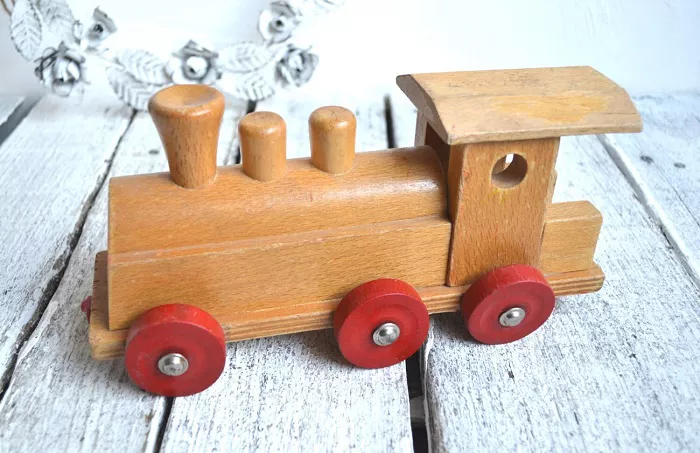Antique wooden toys are more than mere playthings; they are tangible links to our past, reflecting the craftsmanship, culture, and values of bygone eras. From the intricately carved animals of 19th-century Germany to the minimalist designs of mid-20th-century Scandinavia, these toys offer insights into the societies that produced them. Collectors and historians alike cherish these items for their aesthetic appeal and the stories they tell about childhood, industry, and art.
Origins: The Birth of Wooden Toys
The history of wooden toys dates back centuries, with early examples found in ancient civilizations. However, it was during the 17th and 18th centuries in Europe that wooden toy production became more widespread. Artisans in regions like the Ore Mountains of Germany began crafting toys not only as children’s playthings but also as expressions of local culture and craftsmanship.
Seiffen: The German Toy Town
Seiffen, a small town in the Ore Mountains, became renowned for its wooden toy industry. As mining declined in the region, residents turned to toy-making, developing techniques like Reifendrehen, a method of turning wood on a lathe to produce intricate shapes. These toys, often painted in bright colors, were sold across Europe, establishing Seiffen as a hub for quality wooden toys.
Iconic Wooden Toys and Their Makers
Schoenhut Dolls: American Innovation
In the early 20th century, the Schoenhut Piano Company in Philadelphia expanded from making toy pianos to producing wooden dolls. Their “All-Wood Perfection Art Doll,” introduced in 1911, featured spring-jointed limbs, allowing for a range of poses. These dolls were not only durable but also artistically crafted, making them popular among children and collectors alike.
Kay Bojesen: Danish Design Excellence
Danish designer Kay Bojesen brought a modernist aesthetic to wooden toys in the mid-20th century. His creations, such as the iconic wooden monkey, combined simplicity with expressive forms. Bojesen’s toys, characterized by smooth lines and movable parts, exemplify Scandinavian design principles and remain sought after by collectors.
Miharu-Koma: Japanese Folk Art
In Japan, the tradition of wooden toy-making includes the Miharu-koma, brightly colored horse figures originating from Miharu in Fukushima Prefecture. These toys, often associated with good fortune, are deeply rooted in Japanese folklore and religious practices, showcasing the cultural significance of wooden toys beyond mere play.
Collecting Antique Wooden Toys: A Passion and an Investment
Collecting antique wooden toys is a pursuit that combines nostalgia, appreciation for craftsmanship, and investment potential. Enthusiasts often seek out rare pieces, valuing them for their historical context and the stories they embody.
Factors Influencing Value
The value of antique wooden toys depends on several factors:
- Rarity: Limited production runs or unique designs increase desirability.
- Condition: Toys in excellent condition, with original paint and parts, fetch higher prices.
- Provenance: A well-documented history can enhance a toy’s value.
- Maker: Toys from renowned makers like Schoenhut or Bojesen are particularly prized.
For those interested in exploring the market, Antique Toys Value offers insights into the worth of various antique toys.
Preservation and Care
Maintaining the condition of antique wooden toys is crucial for preserving their value and historical integrity. Collectors should:
- Store toys in a stable environment, avoiding extreme temperatures and humidity.
- Handle with clean hands or gloves to prevent oils from damaging the wood.
- Clean gently with a soft, dry cloth; avoid using water or harsh chemicals.
- Consult professionals for restoration to maintain authenticity.
Conclusion
Antique wooden toys continue to captivate collectors and enthusiasts, serving as enduring symbols of cultural heritage and artistic expression. Their timeless appeal lies in their ability to connect us to the past, evoking memories and inspiring appreciation for the craftsmanship of earlier generations. As both cherished collectibles and historical artifacts, these toys hold a special place in the world of antiques.
For those looking to delve deeper into the world of antiques, Rare Antiques provides a wealth of information and resources for collectors and enthusiasts alike.

